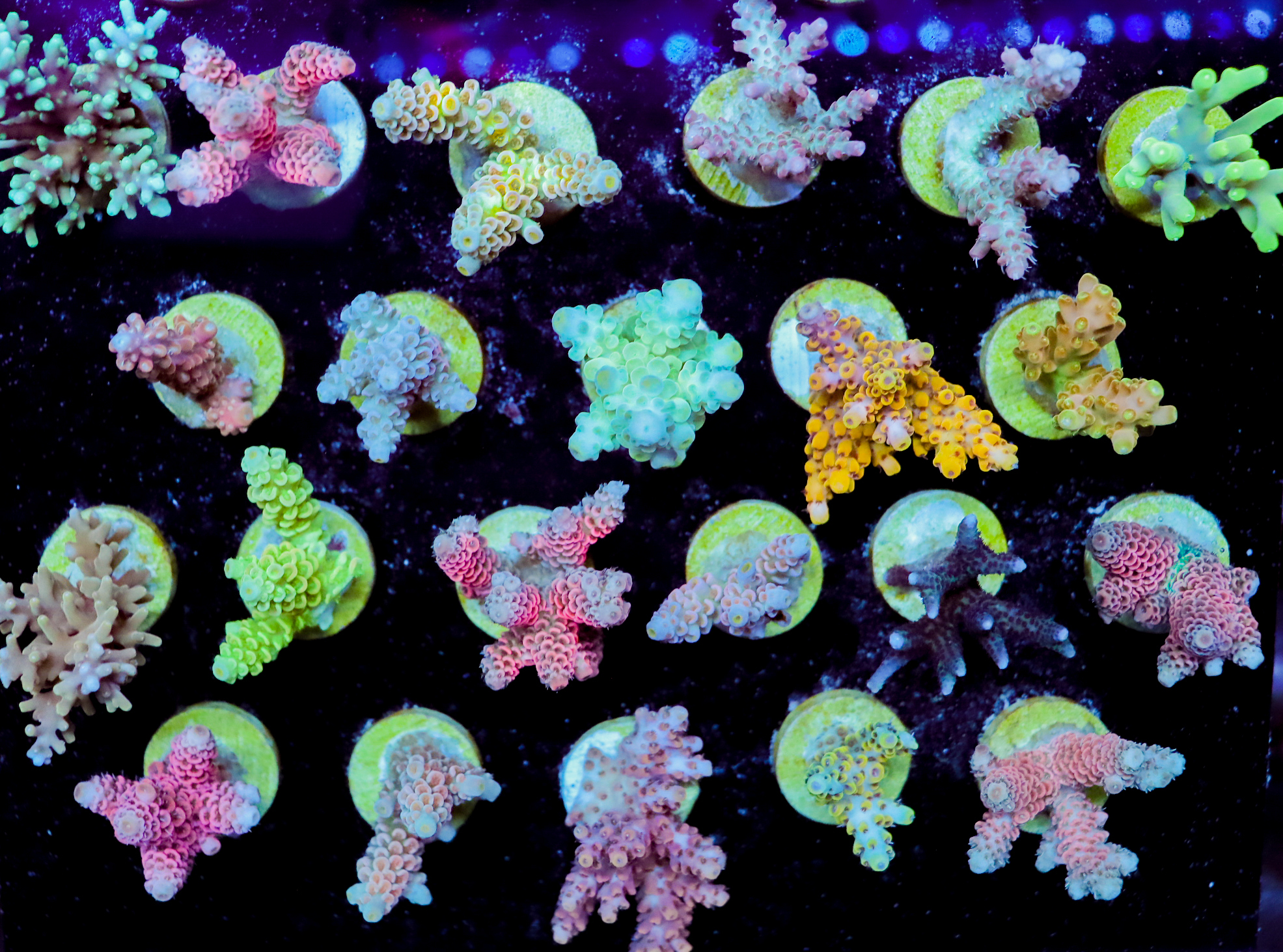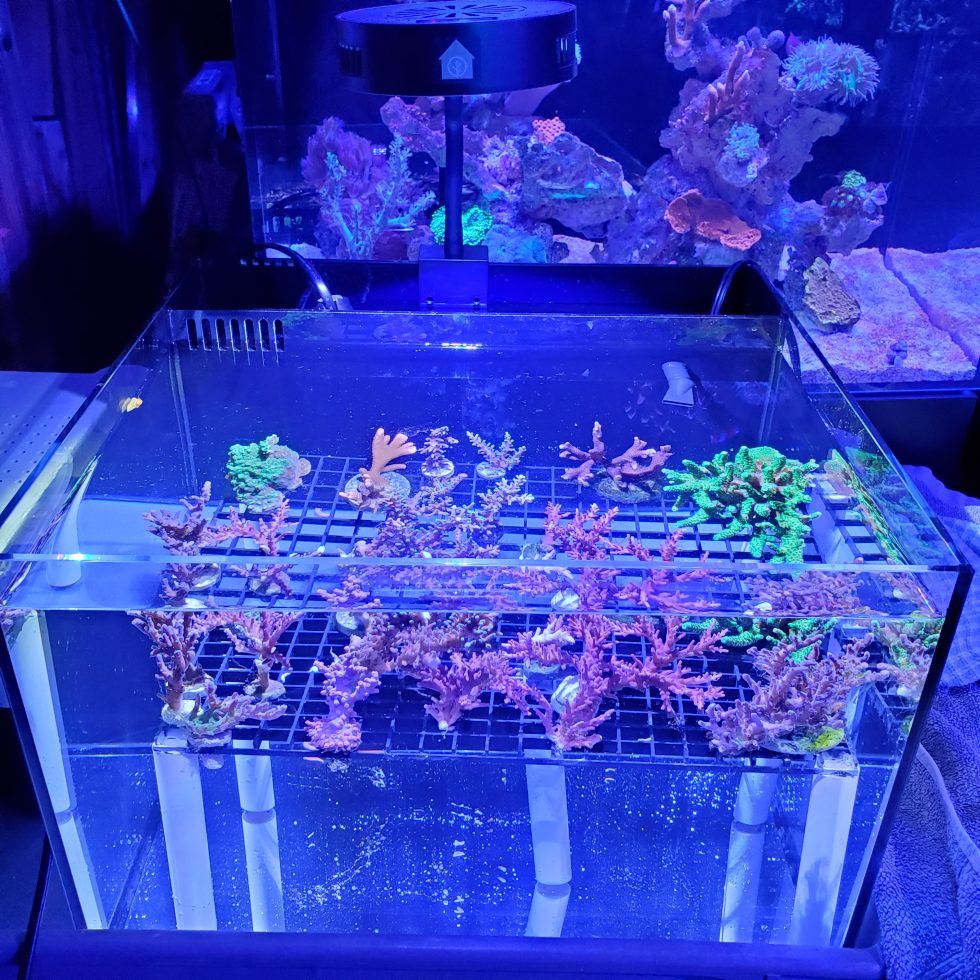So now that your frag tank is set up, cycled and stocked with coral frags and fish it’s time to start to consider the long term maintenance of the tank. Since most reefers who have a frag tank also have a display tank they will often try to keep their frag tank as low maintenance as possible. This raises the obvious question…. Do you need to do water changes in a frag tank. The short (and long) answer to this question is “Absolutely yes!”
The reasons why it is so important to do regular water changes in a frag tank are the exact same reasons why it is important to perform water changes in any reef tank. Two of the key reasons for this are to reduce waste elements in the water, as well as replenishing major and minor elements. Since a frag tank is really nothing more than a simplified reef tank, the fish and corals will produce waste, just as they would in a traditional display tank. This means that compounds such as nitrates and phosphates will build up and can lead to nuisance algae, as well as having a detrimental effect on the health of the fish and corals at high levels. In fact, because frag tanks do not usually have rockwork or a sandbed, it is even more critical to perform regular water changes.
Not only are water changes necessary to remove unwanted waste from the water, they are needed in order to keep desirable elements at the proper levels. Out of a wish to keep their tank as simple as possible, many hobbyists choose not to set up dosing pumps on their frag tanks. While this means that the tank is less cluttered and easier to move, it also means that major and minor elements will have to be replenished through water changes. Since frag tanks do not generally contain large colonies, these elements will be consumed more slowly but should still be checked with a high quality test kit on a regular basis. Having said that, regular water changes of 10-15% weekly or 20-30% bi weekly should go a long way towards keeping major and minor elements at the proper levels and will also serve to keep nitrates and phosphates within acceptable ranges.



